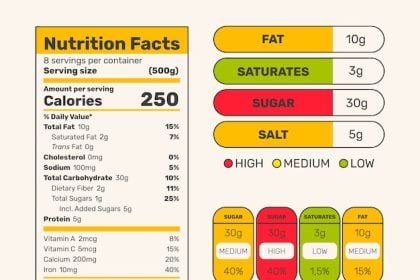
With news out this week that a new “game-changing” malaria treatment may be on its way, and many travellers heading off to malaria transmission areas for summer vacations, the mosquito-spread disease is once again in the spotlight. Although global rates of malaria have fallen, the disease remains a major public health threat around the world, with nearly half of the of the world’s population at risk. The problem is particularly prevalent in sub-Saharan Africa, where an estimated 43% of people do not have access to the tools needed to prevent malaria.
Here we round up some of the facts to keep you informed, as well as what the new treatment could mean for millions around the world.
What is malaria?
Malaria is a life-threatening disease caused by parasites transmitted to people through the bites of infected female mosquitoes. Five species of parasites cause malaria in humans, with Plasmodium falciparum the deadliest and the most prevalent malaria parasite on the African continent.
Who is at risk?
In 2015, nearly half of the world’s population was at risk of malaria, although some are at a higher risk than others, including children under 5 years of age, pregnant women and patients with HIV/AIDS, as well as non-immune migrants, mobile populations and travellers. Most malaria cases and deaths occur in sub-Saharan Africa, although South-East Asia, Latin America and the Middle East are also at risk.

How can malaria be prevented?
Controlling mosquitoes is the main way to prevent and reduce malaria transmission, with the World Health Organization (WHO) recommending two forms of control — insecticide-treated mosquito nets (ITNs) and indoor residual spraying (IRS). Long-lasting insecticidal nets (LLINs) are the preferred form of ITNs, with WHO recommending all people at risk of malaria sleep under a LLIN every night.
IRS with insecticides is a powerful way to rapidly reduce malaria transmission and works best when at least 80% of houses in targeted areas are sprayed. It is effective for 3-6 months, depending on insecticide used and type of surface sprayed.
Are there vaccines?
Antimalarial medicines can be used to prevent malaria, and for those travelling, taking the drug chemoprophylaxis can prevent the disease. For those at a high risk and living in a malaria transmission area, WHO recommends alternative preventative drugs, with more information provided on their website.
What are the symptoms of an infection?
Symptoms usually appear 10-15 days after the infective mosquito bite, and start with fever, headache, and chills. However, symptoms may be mild and hence difficult to recognise as malaria, but early diagnosis and treatment is the best way to reduce the disease, its transmission, and prevent deaths.
What are the treatments currently available?
The best available medication to treat malaria, particularly for the deadlier P. falciparum malaria, is artemisinin-based combination therapy (ACT).
How is the new treatment different?
According to the Financial Times, the treatment is the first new potential medication for malaria for 20 years, with clinical trials now starting in nine countries across Africa and Asia. Known as KAF156 and developed by Swiss drug company Novartis, the new treatment has been described as “a game changer,” with research suggesting that the medication not only rapidly cures the infection, but also works on resistant strains and blocks transmission of the parasite. If the promising drug lives up to researcher’s hopes it won’t be available for a few years yet, but it could mean we are one step closer to a powerful life-saving treatment.
[“source=hindustantimes”]



